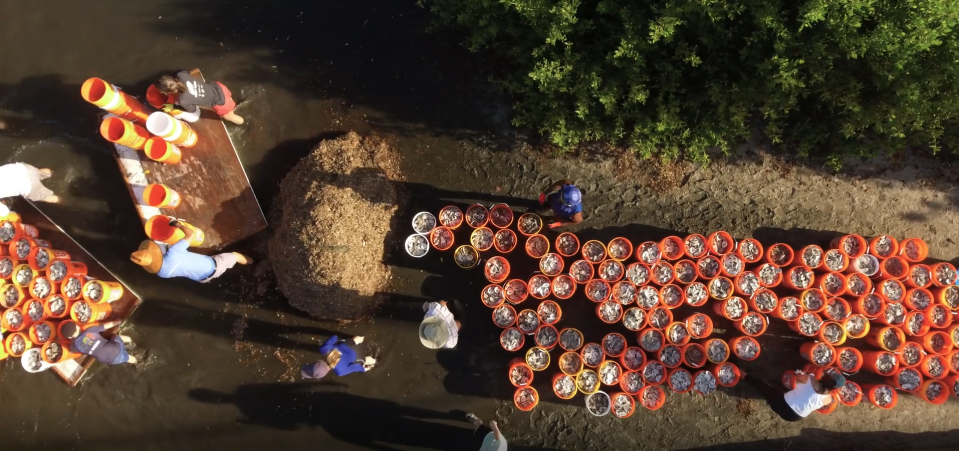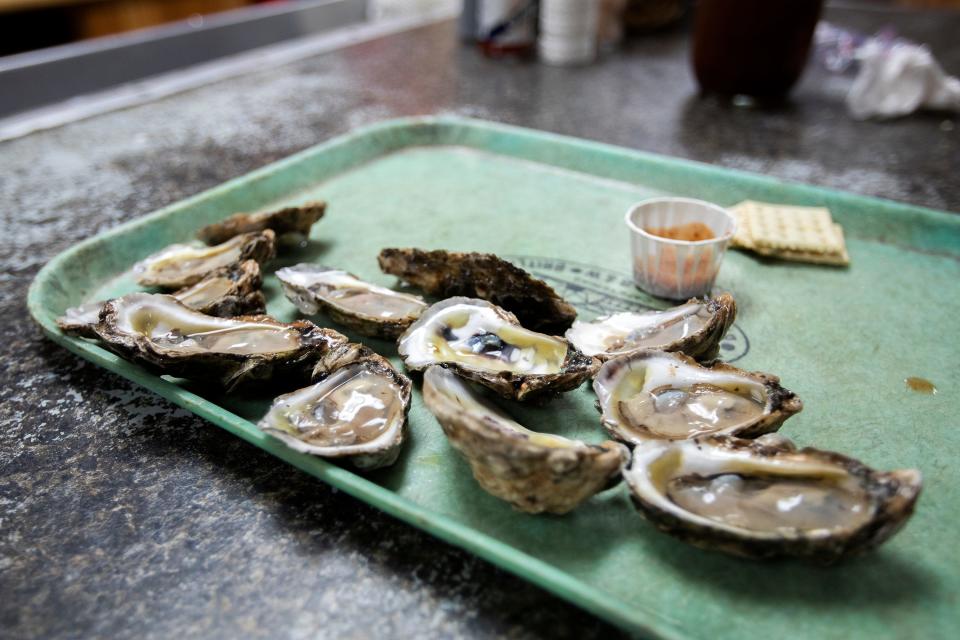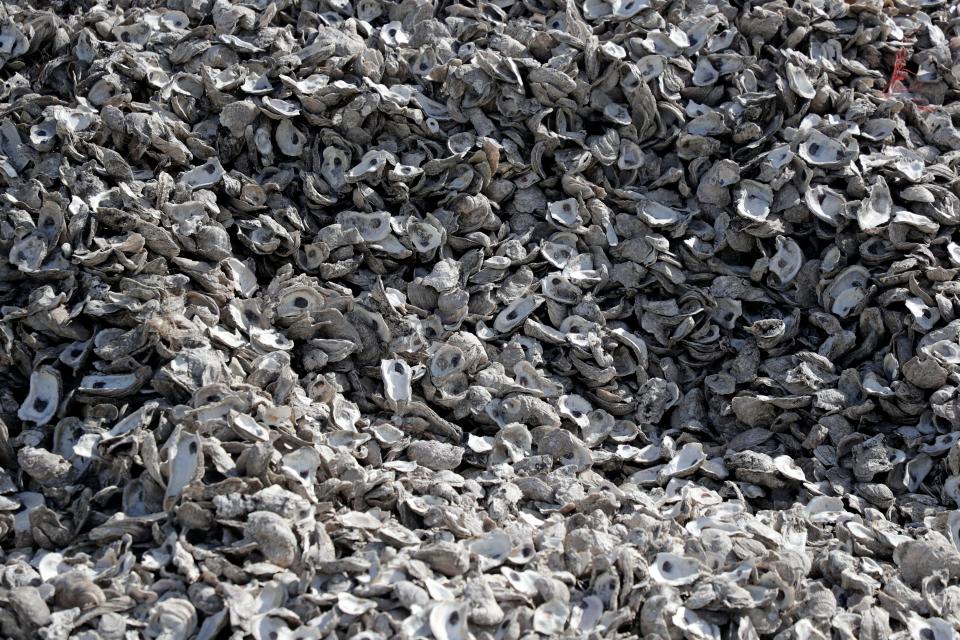Tallahassee's 'Unfiltered' documentary cracks open plight, powers of oysters
Yes, we like to make jokes about oysters. They sound funny when we eat them. And easy “goo on a half shell” jibes do make people laugh.
But you won’t find scientists, ecologists, oceanographers, or economists poking fun at oysters.
Nor do Tallahassee’s award-winning film documentarian, executive producer Chucha Barber, and writer and director Josh McLawhorn in their new and comprehensive look at the oyster and the plight of the oyster industry in Florida’s Apalachicola Bay and the reefs which the little creatures build. Even world-renowned artist and conservationist, Guy Harvey, has become an eager participant in the movie project.

"Unfiltered: The Truth About Oysters," the new documentary, premiering March 29 at the Sarasota Film Festival, takes a deep look at the vital role the bivalve mollusks play in everything from keeping our oceans clean to preventing flooding events, and spawning a food industry that since the mid-1800s has put the Apalachicola Oyster on the national map.
Dine with a view:16 of our favorite waterfront restaurants around the Panhandle and Forgotten Coast
Oyster bars:A half-dozen pearls: Crack open the best restaurants to get oysters in Tallahassee
Barber who has produced over 29 documentaries in partnership with major networks like NBC and CBS, recalls four years ago learning about a new grant to study oysters at FSU. With her “explorer’s mind,” she became fascinated by all she was learning from scientists like Sandra Brooks and Peter Frederick.
“Did you know that oysters start out as the same sex, and some change when it’s time to mate? Or that they love attaching to other oysters in order to make these huge reefs which will rise right up to the surface — making wonderful barriers against storm surges and ocean rise? These reefs are real marine life estuaries!” Barber’s voice reflects the impact her research has had on her. But she also warns of the danger in which the oyster population finds itself.

In the film, experts suggest a strong relationship between the more frequent red tide and toxic algae blooms and the reduction in 90% of the world’s oyster reefs. Even though a single oyster can filter and clean 50 gallons of water a day, man-made pollution is overpowering nature's gift.
But as fascinated with scientific details as she was, Barber says she also wanted to tell the oyster’s story from the point of view of people affected by its decline. “I didn’t just want a “narrator,” I wanted the oystermen and women to speak for themselves.”
Harvesting of naturally growing oysters in the Apalachicola waters has been suspended since 2020 due to the historic decline in population. Oyster farmers, like “OysterMom,” Deborah Keller, continue to work the shallow waters, and hope for others to join them using suspended growing cages.
But as difficult as is the plight of the oyster, and that of the oystermen who harvest them, Barber sees hope for conservation of the little animal and the industry.
“When left alone, Mother Nature amazingly restores balance to our ecosystems,” Barber said. “Our aim is for this film to promote greater understanding of ecological history and to inspire political will to make Florida a global model for oyster restoration.”

And then as a postscript, Barber quotes Florida State’s retired Frederick, to show perhaps that as ambiguous as is the oyster’s future, even scientists like a good mollusk jab. ”Oysters are the only animals that can be both a navigational hazard and an aphrodisiac.”
To learn more visit oyster.film.
Oyster facts
Some of the facts of the oyster’s contribution to the health of our oceans and bays:
Apalachicola once produced 90 percent of Florida’s oysters and 10-20 percent of the U.S. supply. Harvesting there has been suspended since 2020 due to a historic decline in oyster populations.
Oysters have been harvested by Native Americans in Florida since the end of the last Ice Age, about 14,000 years.
Oysters have been around for 15 million years
Oysters are the most consumed live animal on the planet.
This article originally appeared on Tallahassee Democrat: Oyster documentary cracks open the secrets of the ocean’s great filter

